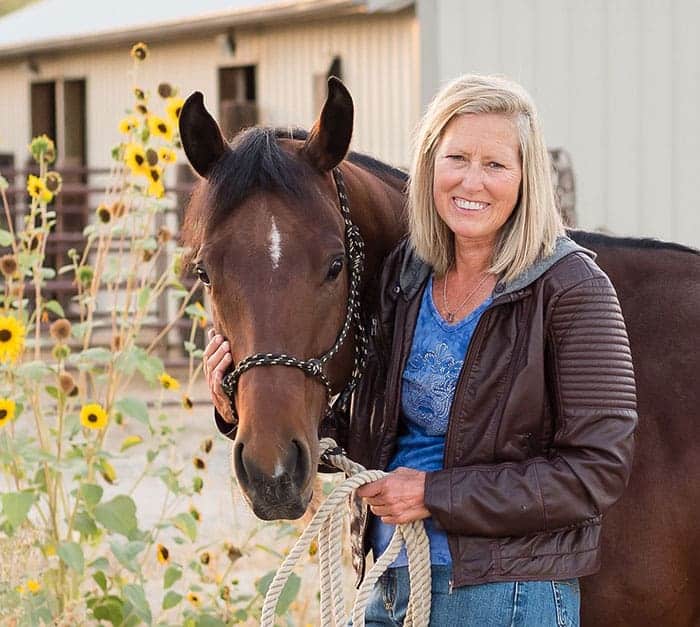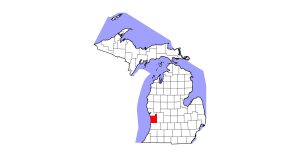A Trail Ride Through Bryce Canyon National Park

For several decades, I have seen photos and heard stories about trail riding through Bryce Canyon National Park, in Utah. Ever since I visited the park as a child on a family vacation, I have wanted to return. As an equestrian adult I have wanted to visit the area with horses. However, while my husband, Matt, and I often trail ride, we are not at the caliber of backcountry riders or packers, so I didn’t know if we could do a Bryce Canyon ride.
But in recent years, we have ended up with a pair of nice mustangs that are great on trails with a fair number of miles and experiences under their respective saddles.
When COVID struck this spring, we canceled travel plans for the year, intending to just hunker down. About the time late August rolled around, we realized that camping and visiting the outdoors still offered a safe option—and if we wanted to do anything, we’d better get busy and make it happen. So, we carved out four days in late September, just a few weeks away, and planned a camping trip to Bryce Canyon National Park with our mustangs, Mesa and Stellar
Create a free account with TheHorse.com to view this content.
TheHorse.com is home to thousands of free articles about horse health care. In order to access some of our exclusive free content, you must be signed into TheHorse.com.
Start your free account today!
Already have an account?
and continue reading.

Written by:
Alayne Blickle
Related Articles
Stay on top of the most recent Horse Health news with















